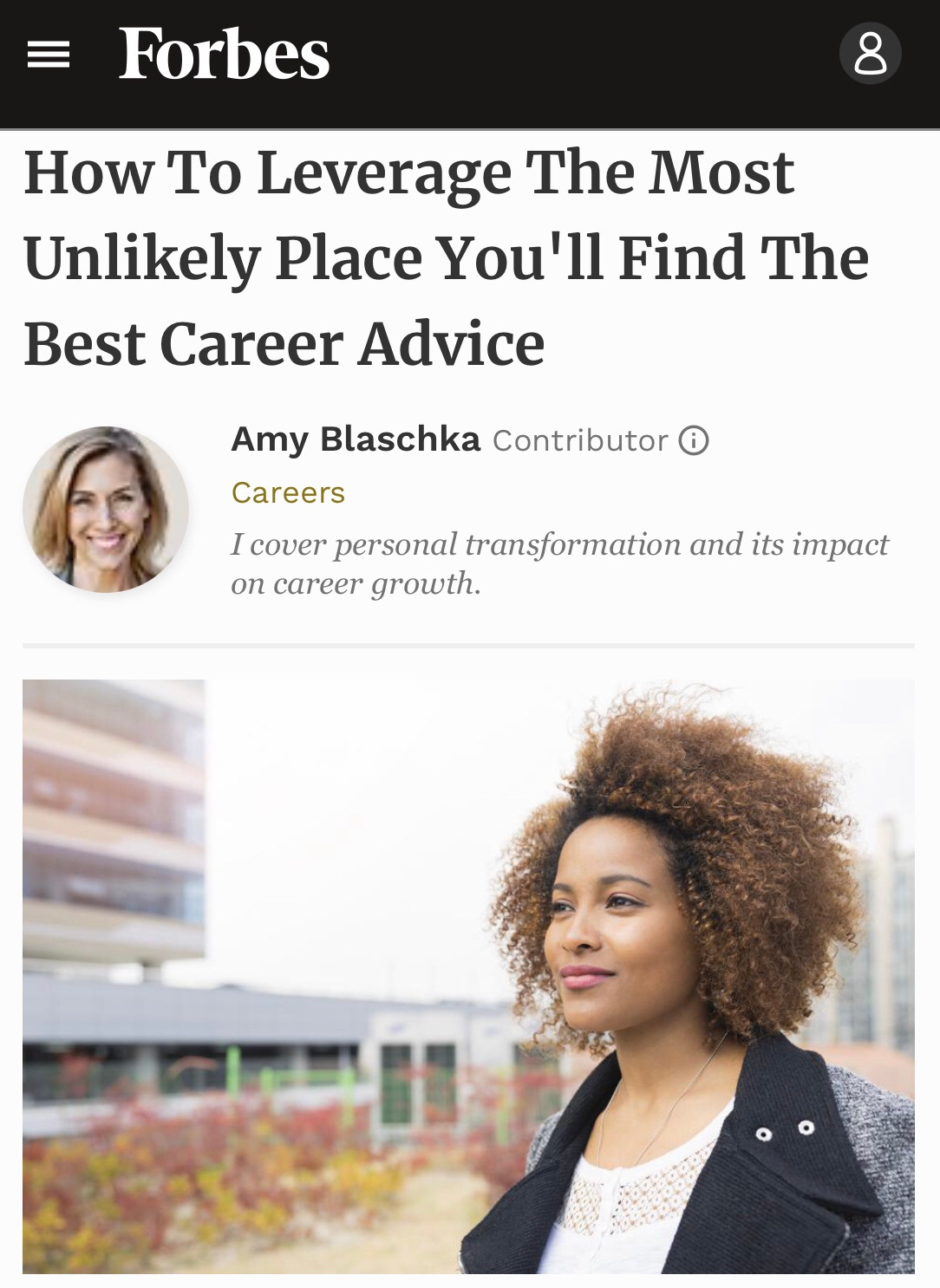Wow! I’m delighted to welcome nearly 140 new members of our Illuminate Me tribe who’ve joined since last week! Is that you? Awesome! After reading this gem, be sure to check out the archives to catch up on previous issues.
And now that we’re inbox-exclusive, you might want to also follow my musings across the interwebs on Forbes, LinkedIn, Twitter, Instagram, and Clubhouse.
A “glowing ball of happiness.”
That’s one of the ways my now-husband (that cute guy in the photo) described me when we were first dating.
Pretty cool, huh?
(And whoa, just a *tinge* spooky, given that was 1987, and little did I know that 34 years later, I’d assign my newsletter a similar “glowy” moniker.)
The truth is, you shine brightest when you’re the most YOU. But even when we have every intention to do so, we can get off track.
Back then, I was a student at the University of California, San Diego (Go Tritons!), vacillating between a major in Film/Media and Communications. I knew I wanted to do something “creative,” but I was torn between my love of writing and the prospect of adding a visual aspect to tell a story through film.
College Amy was full of promise and creative possibilities, and still pretty close to preschool Amy, seen here completely absorbed in a state of flow, oblivious to the kid clowning behind her:
Post-college Amy?
Like many, I was led to believe that to be successful, I should follow a logical and predictable path. Our well-meaning parents, teachers, and advisors strongly encouraged us to pick a lane, earn a “practical” (not my favorite word) degree, and get a job. From there, we should work hard and, over the years, advance up the ranks at that company. Easy peasy lemon squeezy, right?
But what happens when you find yourself wanting to deviate from that prescribed formula?
According to the Bureau of Labor Statistics, the average person changes jobs an average of 12 times* during his or her career. That’s a whole lotta of transition.
Yet even with all that movement, we still fret over the perception of being a job hopper, particularly if our changes involve new industries and roles.
If this rings true, don’t worry; I’ve gotchu, boo.
Here are three ways to make your non-linear career path work for—instead of against—you:
1. Lose the guilt and shame.
Maybe, like me, you’ve had a career with lots of twists and turns. My professional experience includes film, advertising, marketing, branding, travel and tourism, and voiceover work. I’m also an author who has penned a mindfulness book, fiction, and numerous articles, ghostwritten social media and books for leaders, and even written song lyrics.
Unlike some members of my family, I didn’t have a “logical” sequence of education and jobs. And most of the time, my parents never quite knew what I did for a living. (Note: I’m pretty sure they still don’t.)
For many of us, the idea of working at the same company, in the same job, for decades seems not only improbable but, frankly, kind of boring. (#sorrynotsorry)
But that didn’t prevent me from feeling some degree of shame and guilt about not following a predictable path. In fact, for years, I was afraid to embrace my creative gifts as a viable and legitimate career instead of a mere hobby.
What I’ve come to learn is while there’s nothing wrong with a more traditional career approach, it’s by no means the only way. Instead of clinging to a preconceived notion of what you “should” be doing, congratulate yourself on having the courage to create a new path—one that is uniquely yours. As one of my favorites, Brené Brown, says: “Courage starts with showing up and letting ourselves be seen.”
2. Think of your career as a series of “seasons.”
Recently, I’ve had several conversations with friends about the trajectory and future of our careers. These friends are accomplished professionals in a variety of industries and represent both the entrepreneurial and corporate sides of business. One term that has come up, again and again, is the concept of “seasons” of your career.
Let’s be clear: By “seasons,” I’m not referring to one’s age or stage of life. What I’m speaking of is aligning your talents and interests with their highest and best use at this time.
For someone who has a ton of industry expertise, this might mean they explore a season of teaching or speaking. For someone just starting out in their career and eager to learn quickly about many facets of business, perhaps they pursue a season of startups. Deciding to take a chance in these new environments can help you grow and gain new skills and experience.
That said, it’s important to remember that by definition, a season doesn’t last forever and will have a conclusion. But the beauty is that these endings make way for new beginnings...and new seasons.
When you reframe your career this way and allow the “seasons” to build on one another, you’ll naturally amass a wealth of exciting and valuable experience.
3. Find your common thread(s) and weave together your unique career story.
Even if you’ve had seemingly unrelated jobs in vastly different industries, you can always find a common thread or two that weaves together your personal and professional experiences. (Yes, really. And if you need help, contact me. When I work with clients on their Career Story packages, this is exactly what I do. And I’m delighted at the relief and pride they feel at finally feeling understood—and being able to tell their story.)
Also, consider your transferable skills and talents that transcend industry or job junction. Perhaps you were the go-to person who introduced new products and services in your roles in the finance, consumer electronics, and packaged goods industries? Or maybe your scientific roots fostered a love of research, digging for answers and solutions to help bring greater operational efficiency to various sectors?
Some of the most interesting and successful people I know have found a way to make their varied experiences work for them. Instead of talking about their journey as jumping from gig to gig, they find the common thread that connects the dots of their career—and quickly becomes their point of differentiation.
The key is to make your nonlinear career path an asset, not a liability.
Hey, if I can do it, so can you.
I’ve come full circle, embracing that creative little kid who delighted in writing stories and that college coed who intuitively knew that she’d find a way to put her talents to their highest and best use. (Even if it wasn’t “practical.”)
What’s funny is that clues to my dream career were always there, hiding in plain sight. I suspect this is true for many people if they’re willing to look in the most unlikely of places—like what they wanted to be when they grew up.
In my latest Forbes article,I share why looking back to your childhood dreams can help you move forward in your career.
And before I go, just for fun, tell me: What did you want to be when you were a kid? And are you doing it now? Why or why not? Let me know in the comments by clicking this button.
Shine on,
Amy
P.S. When I’m not writing this newsletter or sharing cringeworthy old photos of myself, I’m a social media ghostwriter (yep, that’s a thing), helping founders, entrepreneurs, and CXOs craft their stories to communicate and connect better by magnifying their reach and impact. (Think personal branding and thought leadership.) Learn more here.
P.P.S. One more thing: If you think this post would resonate with others, feel free to share it with your friends. Or better yet, invite them to join our Illuminate Me tribe!
*Do you feel this statistic is accurate? How many times have YOU changed jobs or careers? At this point in my professional career, I think the count is hovering around 9 or 10, but hey—I’ve still got time to be anything but average!











Thanks for another useful and awesome article to read.
Although I am not a statistic of 9 or 10, I could definitely use the title jack of many trades, and master of none in the dead of winter. Ha ha
Or Boogieing on down the yellow brick road for another path less traveled by so many others (and then get certified in it too).